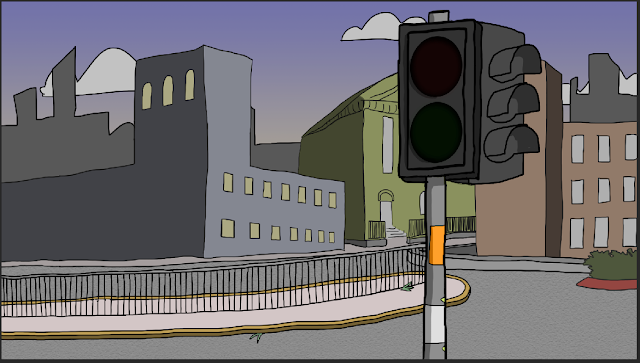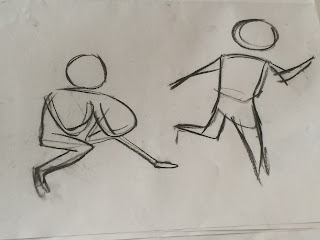Being one of the few directors to frequently transition between live action and animation, Brad Bird uses a lot of techniques from both mediums in his animated movies in terms of how they’re shot. He often decides to move the camera from one object to another in a scene, rather than cutting between them.
Here, the camera pans from point A to point B to point C, directing the viewer's gaze.
 |
Setup |
 |
| Punchline |
Either way, I like how Brad Bird makes the camera an active part of his films. It gives a sense of joyful energy to the whole proceeding.
Brad Bird highlights well the importance of animation as a method of filmmaking, and is the guy who convinced me to stop using the term “genre” to describe animation. He says himself that “it’s not a genre. A western is a genre. Animation is an art form, and it can do any genre”. He is deeply respectful to filmmaking and doesn’t half-arse it. He spoke in an interview about dealing with the pressures of directing and how he resists the urge to strangle people and stuff like that, and as somebody who wants to learn to direct, I can take a lot away from his outlook to directing.












































